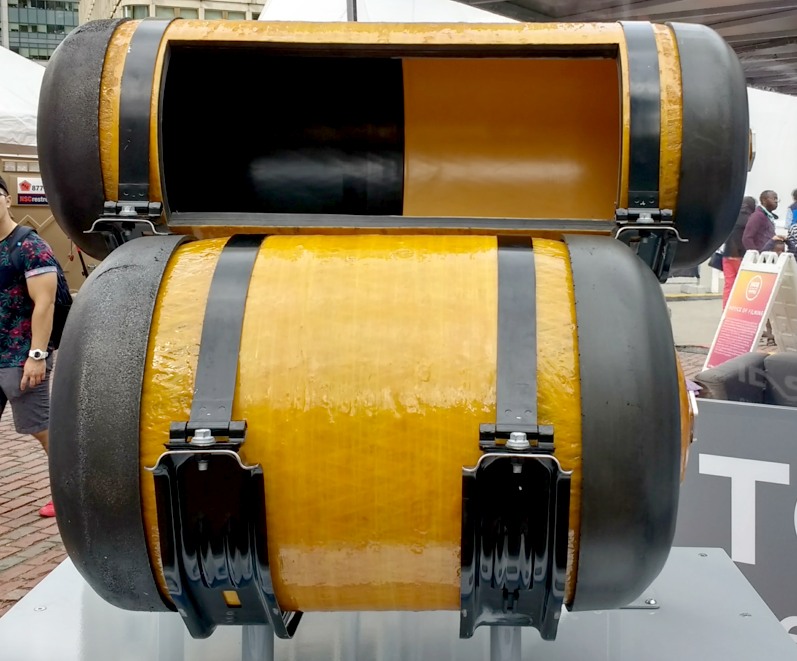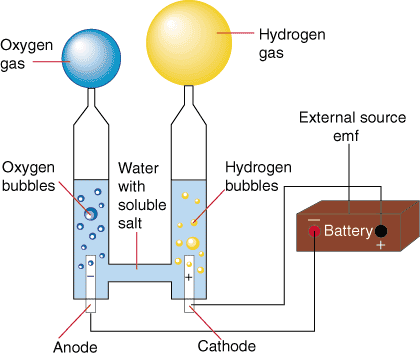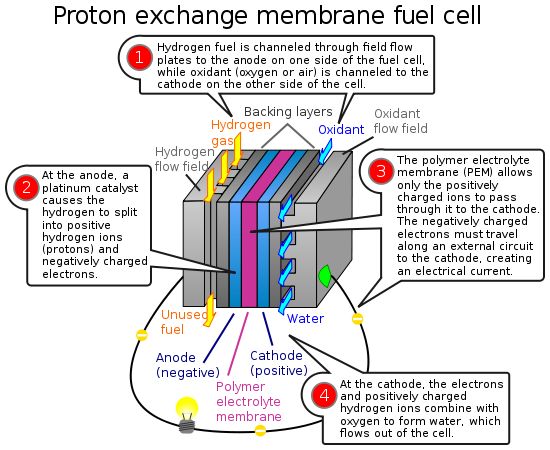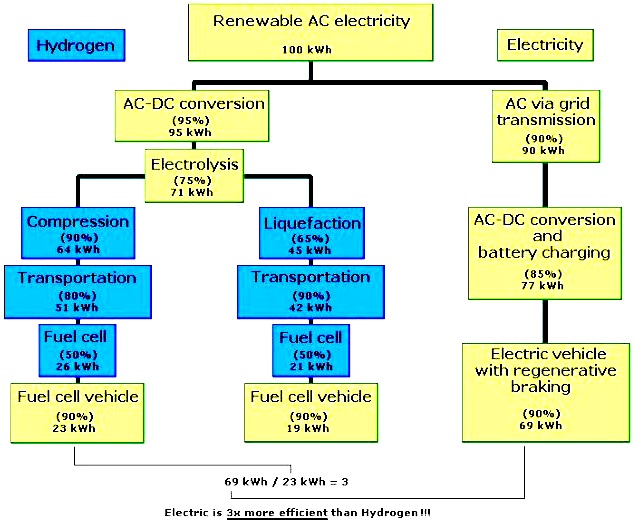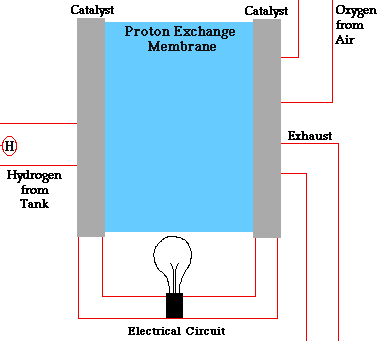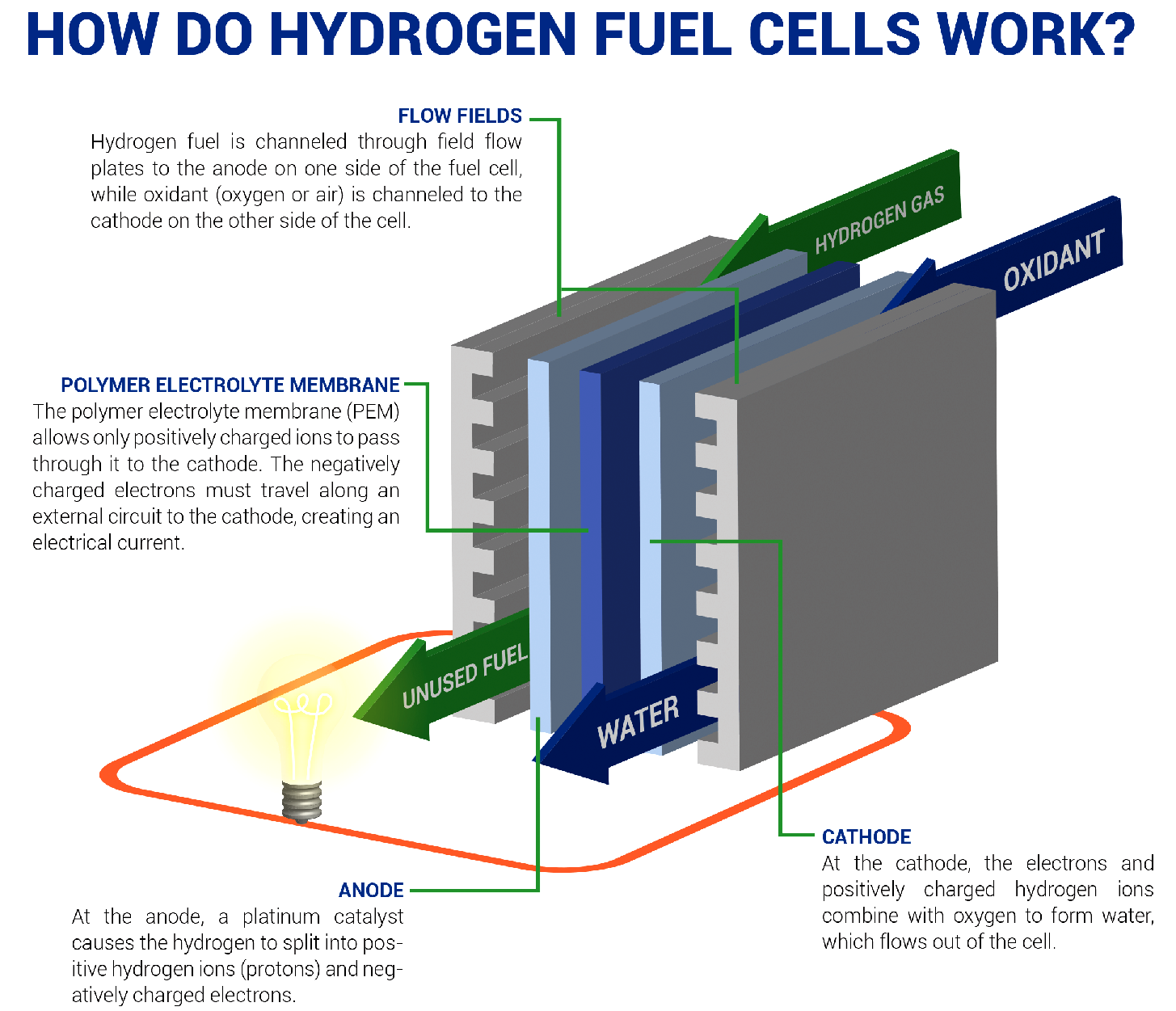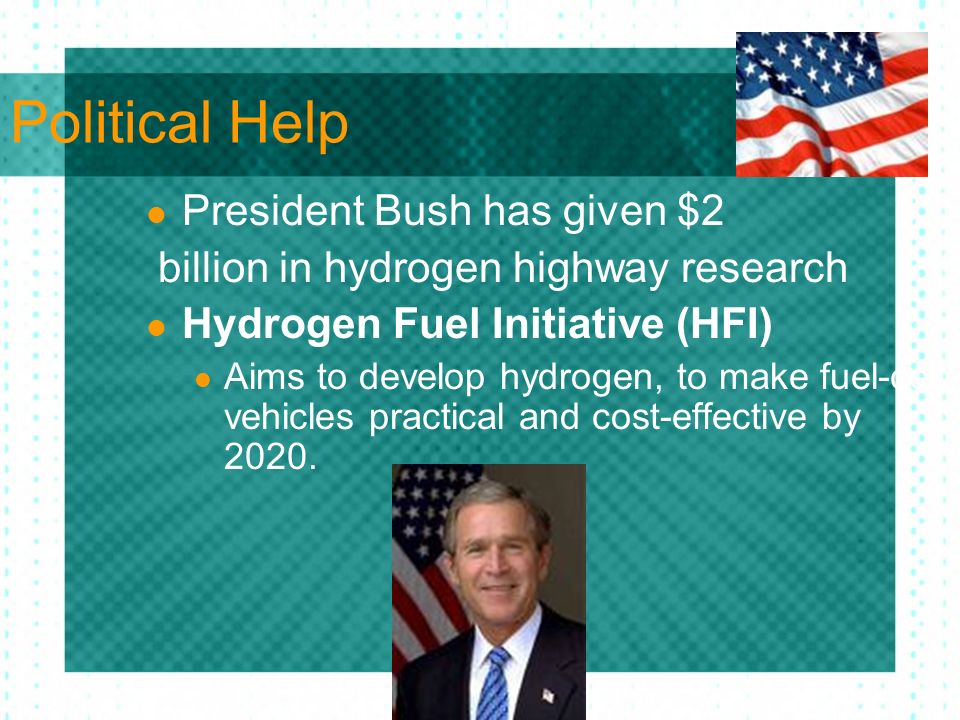|
COMPRESSED HYDROGEN
Please use our A-Z INDEX to navigate this site where page links may lead to other sites, or see HOME
|
||
Compressed hydrogen in hydrogen tanks at 350 bar (5,000 psi) and 700 bar (10,000 psi) is used for mobile hydrogen storage in
hydrogen
vehicles. It is used as a fuel gas.
UTOPIAN
The allure of the hydrogen economy is plain, splitting plain ordinary water using electrolysis to obtain oxygen and hydrogen gas is like a dream come true, especially if we can generate free electricity using solar cells and wind turbines to split the water.
Then the hydrogen is free right. But is the electricity free?
No, not really.
There is a cost, including the cost of manufacturing the solar panels or wind turbines and the transmission line installation and maintenance.
Where there is a cost, then we have to consider payback time and working life. If we can use most of the solar and wind energy directly to power vehicles, we make the best of the working life of our energy harvesting apparatus. And that means reduced greenhouse gases, so a reduced carbon footprint for the human race in an anthropogenic fight against climate change.
BACK TO BASICS - ELECTROLYSIS
A water molecule is formed by two elements: two positive Hydrogen ions and one negative Oxygen ion.
The water molecule is held together by the
electromagnetic attraction between these ions. When
electricity is introduced to
water through two electrodes, a cathode (negative) and an anode (positive), these ions are attracted to the opposite charged electrode. Therefore the positively charged hydrogen ions will collect on the cathode and the negatively charged oxygen will collect on the anode.
EUREKA - Hydrogen is the most abundant element in the universe. With the "green-energy" craze and talk of powering our future oil-free economy on hydrogen, it has received much attention in the last few decades. Learning about this potential fuel of the future is important and interesting, but not without snags, and these are for anyone to seek to overcome.
ANIMATION
- A fuel cell converts the chemicals hydrogen and oxygen into water, and in the process it produces electricity.
A-Z
INDEX OF H2 POWERED FUEL CELL SHIPS
LINKS & REFERENCES
https://www.cnbc.com/2019/02/21/musk-calls-hydrogen-fuel-cells-stupid-but-tech-may-threaten-tesla.html https://www.cnbc.com/2019/02/26/how-toyota-is-helping-japan-create-a-hydrogen-fueled-society.html https://www.ft.com/content/98080634-a1d6-11e7-8d56-98a09be71849 https://www.explainthatstuff.com/fuelcells.html
...
USA - In 2003, President Bush announced a program called the Hydrogen Fuel Initiative (HFI) during his State of the Union Address. This initiative, supported by legislation in the Energy Policy Act of 2005 (EPACT 2005) and the Advanced Energy Initiative of 2006, aims to develop hydrogen, fuel cell and infrastructure technologies to make fuel-cell vehicles practical and cost-effective by 2020. Obviously, the legislation did not work, or we'd seen hydrogen cars selling like hot cakes. Whereas, there are significant sales of battery electric cars.
The United States has dedicated more than two billion dollars to fuel cell research and development so far. Yet the basics principles of climate change is to find the best way to use less energy to achieve the same goal. Of course we have to explore all avenues before deciding on what works best. Thomas Edison found 1,000 ways not to make a light bulb before inventing his carbon filament version that succeeded. Joseph Swan in the UK filed a similar patent before the more famous US inventor. Keep at it chaps.
Please use our A-Z INDEX to navigate this site
AMMONIA - COMPRESSED GAS - ECONOMY - FUEL CELLS - FUSION - HYDRIDES - LIQUID GAS - METHANOL
|
||
|
This website is provided on a free basis as a public information service. copyright © Climate Change Trust 2022. Solar Studios, BN271RF, United Kingdom.
|
